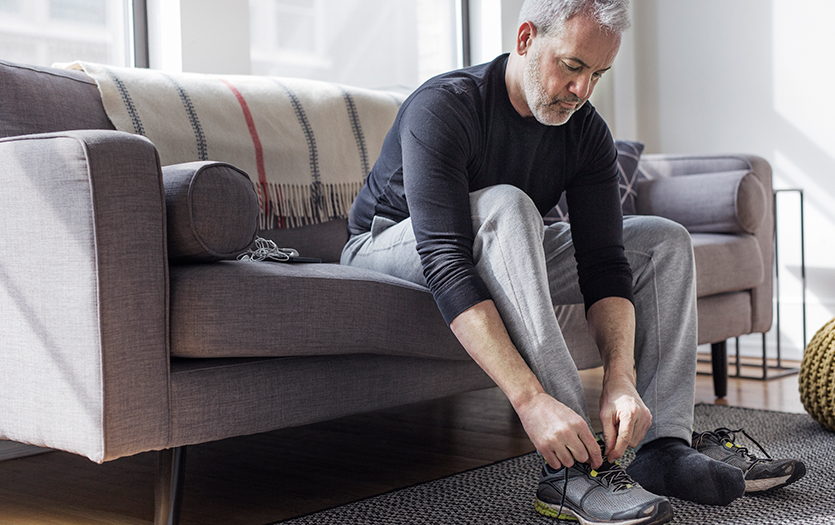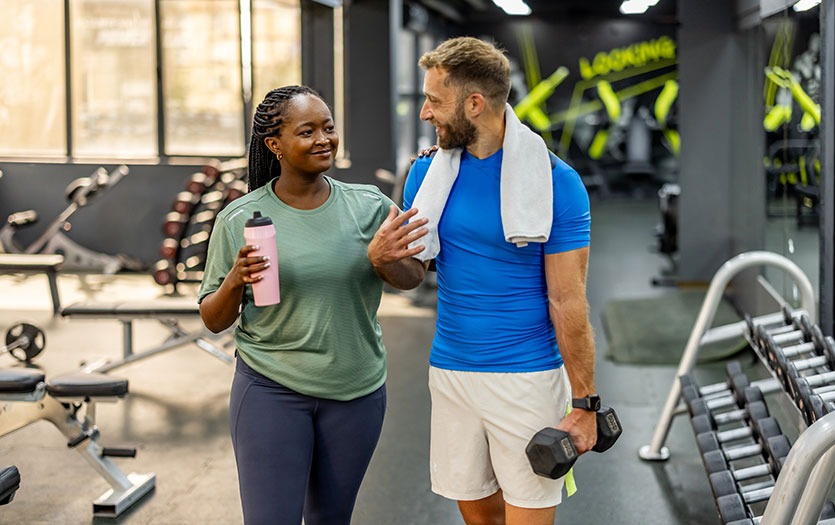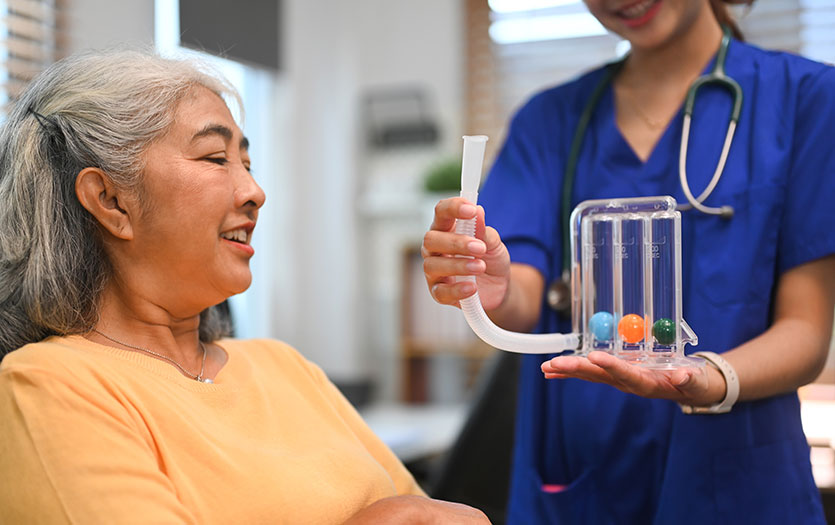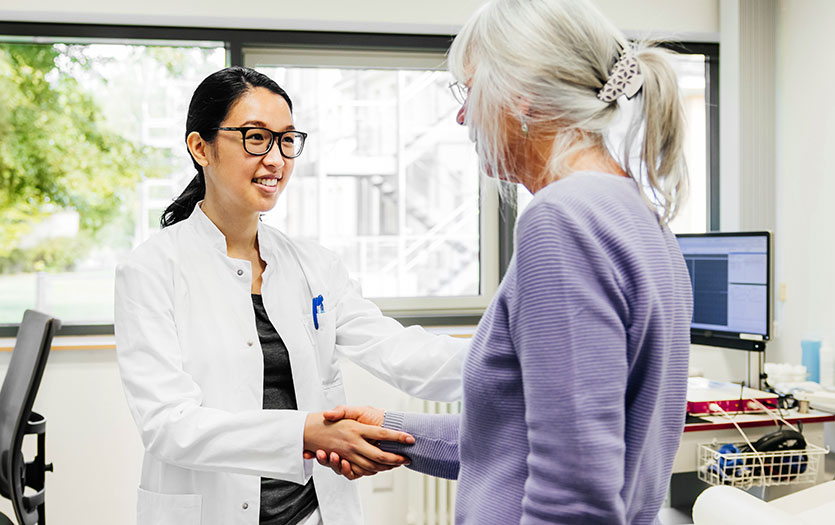
This post was written by Ashley M. Bojrab, DPM, FACFAS, ABPM, CWS, PPG – Podiatry.
Recently, data was published stating more than 30% of Indiana seniors experience falls each year, making this the leading cause of injury and illness among the older population. As a podiatrist, I’m focused on how I can help reduce these numbers. In this article, I offer tips and tricks for fall prevention.
Risk factors
Falling can cause many complications, especially for the elderly population. Some of the most common contributing factors include:
- lower extremity pain
- neurological issues
- medication side effects
- environmental hazards
- foot changes
Speaking specifically to our feet, it’s important to consider that, after using our feet for 50, 60 or 70-plus years, they can change. We can develop deformities such as bunions or hammer toes, as well as calluses and corns, which can create painful areas, and impact our gait and balance.
Prevention
One important way to combat these issues from developing, as well as the pain and balance impairment that accompanies them, is to avoid improper shoe gear. A well-fitted shoe is imperative for good foot health. Avoid shoes that are slip on, backless or have a high heel.
Particularly when being active or attending an appointment, such as physical therapy, I recommend a supportive, well-fitting shoe to prevent falls. There is a time and place for all shoe gear, so try to plan accordingly.
Yearly visits with a healthcare provider and open discussion regarding balance issues would also be helpful to prevent falls. If weakness is noted in the lower extremity, physical therapy and exercise classes could help improve balance.
Falls inside the home are most common. To avoid home hazards, try these tips:
- Slippers with a back and support could give some stability if a house shoe cannot be worn.
- Things such as electrical cords, throw rugs and clutter should be removed to prevent falls.
- At night, when going to the bathroom, have a night light to minimize darkness.
- Bathrooms and kitchens can be slippery when wet, so dry the spill immediately.
- Stairs are always an area of caution. Be sure to hold the railing, limit trips and turn on lighting.
Also, some medications have side effects that could make someone lose their balance. Blood pressure medication can cause hypotension (or low blood pressure) and diuretics can stimulate urgency, dizziness and dehydration, all of which can result in falls. If you’re on multiple medications, discuss the risks with your healthcare provider.
The role of podiatry
Podiatrists play a pivotal role in fall prevention by addressing the foundation, your feet. As we age, falls are not inevitable, because they’re preventable. With proper foot care, supportive shoes, environmental awareness and clear communication with your care team, we can make changes to prevent falls and promote healthy independent movement to promote a healthy, long life.



